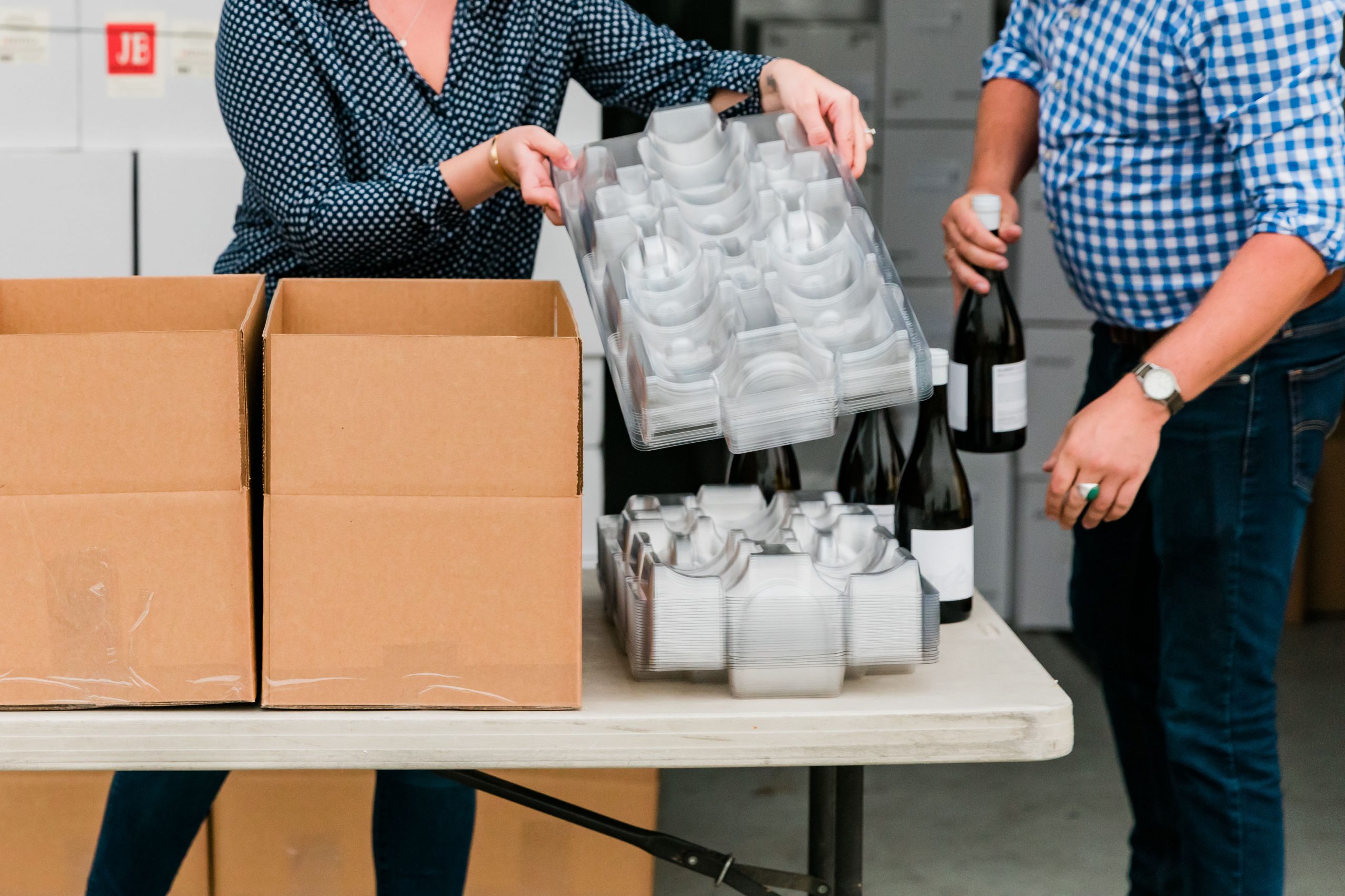Finding the Perfect Shipping Box: Your Ultimate Guide
Choosing the right shipping box is key to successful online shopping (and avoiding headaches). I’ve used a lot of different boxes in my life (packing items from my previous home!), and this guide can make your life a little easier!
Types of Shipping Boxes
Different needs call for different box types. Think about what you need to ship!
Cardboard Boxes
- Strong and sturdy, ideal for many items (most stuff!), good for reusability, and easy to store.
- A great, eco-friendly option (if recycled right), a bit less expensive than other options.
Plastic Boxes
- Durable, moisture-proof for sensitive goods.
- Perfect for electronic items (important!) and anything easily damaged by moisture.
Custom-Sized Boxes
- Essential for irregular items or those requiring a specific shape, design. My last product was a unique shaped pen, had to use a customized box!
Where to Buy Shipping Boxes
So you know where to go!
Local Stores
- Grocery stores, (often) department stores and large retail chains: They sometimes sell basic cardboard boxes (cheap, in bulk for example). You should look around!
- Office supply stores (sometimes, not always) for sturdy, reusable boxes that come in various sizes and often, at affordable pricing. (perfect for frequent buyers, of any sized item)
Online Retailers

Source: media-amazon.com
- Major online retailers sell shipping boxes for delivery and a lot of other sizes. You should choose your options properly according to size and weight to have a successful delivery.
- Specialized online stores solely dedicated to packaging supplies offer huge selections at discounted rates (if you buy many at once!).
Warehouse and Industrial Supply Stores
- Great if you need bulk packaging material (think: thousands of small boxes), perfect for businesses, warehouses!
Direct from Manufacturing Plants
- For high-volume shipments, (potentially very good option!) check manufacturer websites to cut down cost and have them manufactured to order (best for those large and varied needs, may need a great deal or relationship with your manufacturing partners though!)
Considerations When Choosing a Box
Size matters (more than you may realize).
Item Size and Weight
- Measure your item meticulously for an exact match.
- Don't underestimate the weight of what you are packaging – boxes with incorrect load weight capacities can fail on delivery! (I learned this the hard way. One heavy item broke an expensive container)
Budget
- Consider the cost per box versus quantity for large-scale shipping, or you might overspend (common mistake if you dont understand bulk orders, etc!)!
Special Packaging Needs
- Need a waterproof box for electronics or moisture-sensitive items? (you better find one, this will save you from frustration)
- Certain products need crush protection – if they can get damaged easily you better do your research (to avoid further costs for any problems!)
Preparing Your Shipping Boxes
Selecting the Appropriate Size
- Measure your items carefully! (It is very essential!) Make sure your box has adequate padding to protect the item for secure shipment.
- Get measurements on every corner to ensure a tight fit (saves from hassle on packing.) A tight fit stops movement of the product which causes damages.

Source: tamarackindustries.com
Box Labeling and Marking
- Carefully label the box (consider including product type) to speed up the handling process (helps the shipping department in receiving end as well). Be sure to include all important instructions!
- Use appropriate marking for safety handling if necessary, follow all label instructions as you apply labels, don't overdo it on placing labels

Source: megapack.pk
FAQs About Shipping Boxes
These are questions I've found a lot of people want answers for
How do I dispose of the box after use?
- Most cardboard boxes are readily recyclable. Do not dispose off non-recyclable plastic containers unless they have recycling indicators, always follow specific instructions for those recycling and disposal instructions
What if the box arrives damaged or is too small/big?
- Inspect your box for obvious defects. Damaged items or incorrectly fitted sized containers are unacceptable. It's very good to follow proper ways on marking these kinds of issues at the shipment stage or delivery phase. Don't assume. You can get assistance, contact whoever you purchased the shipment material from for replacements and/or advice
What about boxes with specialized functions? (like those used for electronics)?

Source: upack.in
- Different types of electronics need their boxes designed especially in mind with sufficient foam packing as needed or any specific protective wrapping

Source: duboxx.ae
How can I ensure proper box usage for my product?
- Follow proper steps and procedures on correct application in packaging the product or you'll encounter more issues!
Tips For Shipping Box Selection
Consider the future
Analyze packaging patterns (use common sense when needed for new situations)
My Experience and Tips
Shipping is never going to be perfect every single time, you know, (sometimes there is always an issue somewhere in the shipping journey), but if you know what to consider during the buying or packaging phase (like properly fitting your products, making the right sizes, not overestimating or underestimating your weight and the weight limits for your delivery choice!) things will improve dramatically. (And maybe use those cheap but nice-looking boxes from local shops instead of plastic wrap or too small/too big cardboard box!), this should help a lot for sure!
Wrapping It Up
Finding the right box is critical, so take the time to analyze the product itself. I am pretty sure with proper planning on your end (before, during and after packaging your item!), the better your product is, (I mean a lot of things can contribute) packaging (in a right fitting box, etc.) will bring out a better packaging effect, ensuring you and your buyers the quality you've put a lot of hard work on.



